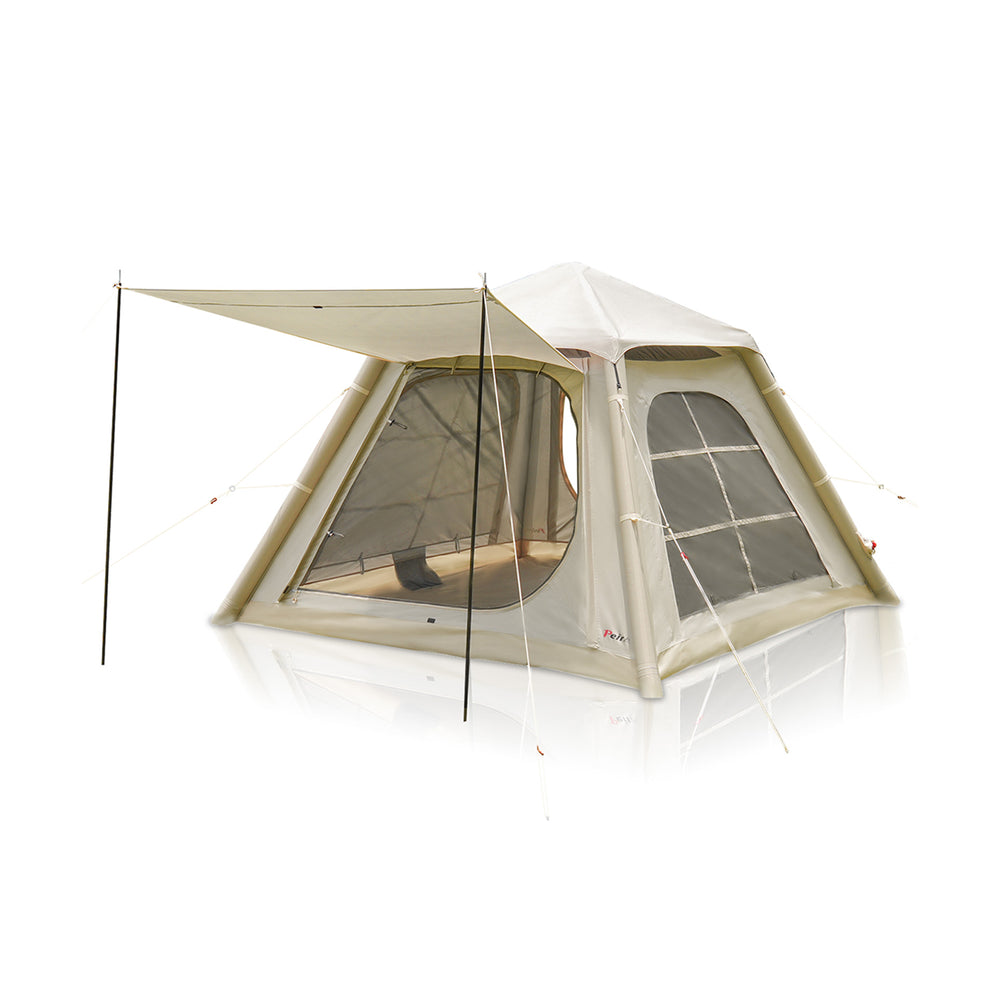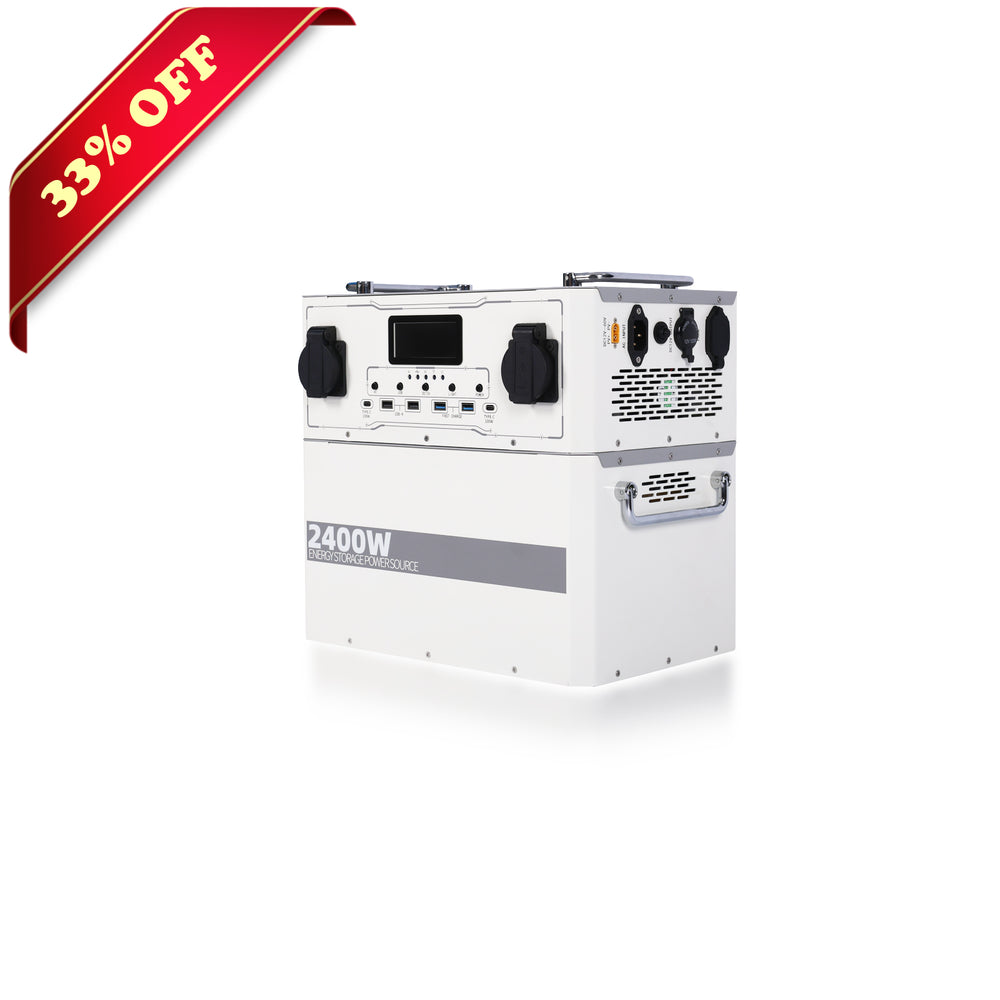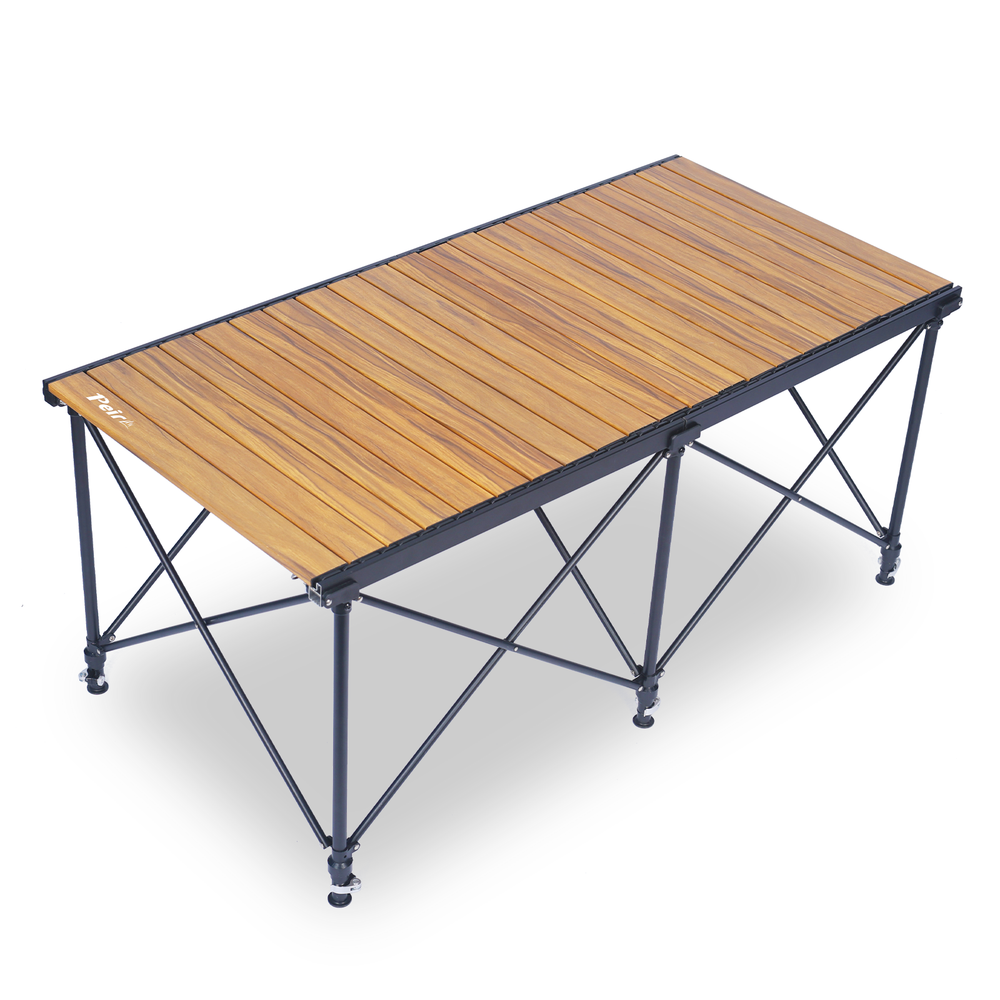It is not always easy to warm up while you are camping and it is cold outside and you don’t have access to electricity. But there are many ways you can safely warm a tent without needing an electrical outlet. Here, we will talk about some practical tips about how to warm your tent. By using these methods, you will be all set to have the warmth of a camping tent regardless of the climate.
Understanding Of Heat Loss In Tents
It is crucial to learn how and why tents lose heat before moving to categorizing heating methods. Common factors that contribute to heat loss include:
- Thin materials: Most tents are designed using light and airy fabrics that tend to insulate heat less effectively.
- Ventilation: Fresh air prevents condensing which is good, but it also lets out heat, which is not so good.
- Ground contact: The earth is always colder than the air and thus the floor of the tent drops the temperature.
- Open Spaces: A tent with tall roof spaces requires more heat because there is extra space and it is hard to warm them up.
These aspects will assist you in optimizing your heating strategies. It will also help in selecting the proper heating approach for your tent.
How To Insulate A tent For Warmth
Insulation can be considered one of the best methods of keeping a tent warm without relying on electrical appliances. Here are some practical ways to improve insulation:
Use A Tent Footprint Or Tarp
Laying down a footprint or tarp under your tent decreases the chances of heat transfer. It serves to insulate your sleeping area from the cold floor of the tent and keep away the cold that may come from the ground.
Add A Tent Carpet Or Foam Mat
Using a carpet, foam mat or even a thick blanket on the ground can make a lot of difference in heat loss. This second layer of insulation will help the tent feel cozier and warmer on the inside, plus it will protect your body from cold hard ground.
Cover The Tent With An Emergency Blanket
An emergency blanket will be useful to reflect heat back into the tent so that warmth is retained in the area. Attach it to the outside of your tent using clips or light tape while securing it as much as you can.
Use A Smaller Tent
It is easier to heat smaller tents because they contain comparatively less volume. Select a mini portable tent if you are planning to camp in a cold region, as it will not be so hard to warm it up because of its compact size.
Insulate Your Sleeping Area
Foot warmers, sleeping pads, insulated sleeping bags, and thermal liners produce heat without any external input. Check the R-value because a sleeping pad with a higher R-value is better, when it comes to insulating properties.
Using A Portable Heater Safely
If you opt to use a portable heater, safety has to be the main concern. Here are some tips for using nonelectric heaters in a tent:
Propane And Butane Heaters
Portable propane or butane heaters are suitable for use in a tent but they must be used carefully. Always use heaters that are approved for tent indoor usage, as they come with oxygen sensors and with auto shutdown mechanisms as well.
- Ventilation: Make sure that there is ventilation to avoid high levels of carbon. Do not close the space completely when using a propane heater and also open a vent or a window slightly.
- Placement: Place the heater on a stable, nonflammable surface, away from any fabrics.
- Turn off before sleeping: Always turn off a gas heater when going to bed. Preheat the tent before going to sleep, then switch off the source of heat once you are warm.
Catalytic Heaters
Another form of heater is the catalytic heater, which emits heat through a chemical, making them ideal for protected areas such as tents. These heaters are moderately efficient and consume very little oxygen in the process.
- Ventilate properly: These heaters can emit Carbon monoxide, which is dangerous. You can use appropriate ventilation to avoid the accumulation of this gas.
- Following instructions: It is very important always to follow all the recommendations of the manufacturer for safe operations.
Candle Lanterns
Candle lanterns are one of the easiest ways that you can use to enhance light and warmth in your tent. They do not produce as much heat as some of the options do, but they can warm a small area.
- Use with caution: Put the lantern on a cold and heat-resistant flat surface. Make sure that the tent material is not close to the fire source.
- Ventilation: Despite using a small candle flame, it is also important to ensure that the room is well-ventilated.
Alternative Ways To Heat A Tent Without Electricity
If you are looking for non-flammable options, consider these alternatives:
Hot Water Bottles
A very popular method of heating up the sleeping bag is by putting a bottle filled with hot water right into the bag. Choose an insulated, leakproof bottle to prevent leakage. Putting the bottle in a cloth or sock is also helpful.
Heated Rocks
Hot stones are traditional outdoor heaters still in use to date. Throw the rocks close to the fire, but not directly into the fire, and then put them in a cloth and place them in the tent. Make sure they are not too hot because they can burn and harm you and your tent.
Thermal Blankets And Sleeping Bag Liners
Thermal blankets and liners are specially designed to lock in your body heat within the sleeping bag, leaving you warm without a need for an external heat source.
DIY Insulation Curtains
Cover foam insulation of thermal blankets with aluminum foils and use them as curtains where possible. Fasten them to the inside of the tent wall, especially around windows and doors, where heat is likely to go out.
Insulated Mats For The Floor
Insulated floor mats or rugs will help you add a barrier between you and the freezing ground. It is especially important when the camp is set on snow or any frozen surface.
Maximizing Body Heat For Warmth
You can also rely on your body heat to stay warm. Here’s how:
Double Up On Sleeping Bags
Taking one sleeping bag over the other bag can help keep you warm because now there will be two layers of insulation over your body. This method is effective when used in very low-temperature areas.
Wear Thermal Layers
Thermal clothing layer provides insulation for the body, thus you don't need additional blankets or heaters to warm you up. Instead of putting on many thick layers at once, it's better to put on several thin layers to create an insulation effect, that will lock in more warmth.
Sleep Close Together
When there are many people, staying close to each other at night will help to keep you warm because of the heat that your body emits. In a small tent, sleeping together and sharing body heat can help a great deal depending on the weather conditions.
Recommended Reading:
- How to Stay Warm in A Tent in Winter
- How To Clean A Tent
- What Are Tents Made Of?
- Does Tent Matter for Insulation?
- How to Sleep Well When Camping?
Choosing The Right Clothing And Gears
Choosing the right clothes and equipment makes it possible to be warm in a tent without any heater. Here are some recommendations:
Thermal Base Layers
Put on a moisture control inner layer to prevent from bringing your temperature down. If possible, use materials such as wool or synthetic fibers.
Insulated Sleeping Bags
Select a sleeping bag, appropriate to the predictive temperature at night time. Mummy bags generally perform better when it comes to heat retention than rectangular bags.
Wool Socks And A Hat
Heat rises from your feet and your head, therefore, wear thick socks and try to cover your head. This small improvement can keep you considerably warmer.
Safety Tips For Heating A Tent
When using any heating method, follow these safety guidelines to avoid accidents or any harm:
- Ventilate properly: At least, one vent should be left slightly open to provide fresh air especially when gaseous heaters are in use.
- Monitor carbon monoxide levels: Carbon monoxide detectors are an affordable and portable solution. Use these monitors in your tent to sense the right level of air quality.
- Keep flammable items away: Do not put any heaters near the tent walls, sleeping bags, or any other material that tends to catch flame easily.
- Stay dry: Cold is so much easier to catch when the area is humid. Do not expose sleeping bags, blankets, or clothes to moisture.
- Never sleep with an open flame: Switch off all sources of heat that produce flames, when going to bed. Use heat-retaining materials such as hot water bottles as a source of heat while sleeping.
Final Thoughts
There are many ways to heat a tent when you don't have electricity. Insulating the tent, using portable heaters, retaining body heat, and selecting the right clothing for camping in cold weather can make you feel warm. Ensure you have packed everything according to your trip needs. By using any of these strategies, you will be ready to enjoy a cozy camping experience, even in the cold.












 Peirhw Inflatable House Tent - Starry Night Love
Peirhw Inflatable House Tent - Starry Night Love
 Peirhw Glamping Tents - Friendship Castle
Peirhw Glamping Tents - Friendship Castle
 Peirhw Inflatable Canopy Tent - Adventurer
Peirhw Inflatable Canopy Tent - Adventurer



 Peirhw Portable Air Conditioner
Peirhw Portable Air Conditioner
 【Advance Sale】Peirhw Portable Power Station 2400W
【Advance Sale】Peirhw Portable Power Station 2400W
 【Advance Sale】Peirhw Portable Power Station 600W
【Advance Sale】Peirhw Portable Power Station 600W





 Peirhw Self Inflating Sleeping Pad
Peirhw Self Inflating Sleeping Pad
 Peirhw Air Mattress (8" Queen Type)
Peirhw Air Mattress (8" Queen Type)
 Peirhw Camping Sleeping Bag
Peirhw Camping Sleeping Bag


 Peirhw Butterfly-shaped Canopy for Camping
Peirhw Butterfly-shaped Canopy for Camping
 Peirhw Camping Waterproof Canopy (Cannot be Purchased Separately)
Peirhw Camping Waterproof Canopy (Cannot be Purchased Separately)


 Peirhw Outdoor Folding Chairs
Peirhw Outdoor Folding Chairs
 Peirhw Folding Camping Table
Peirhw Folding Camping Table












